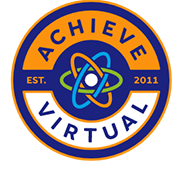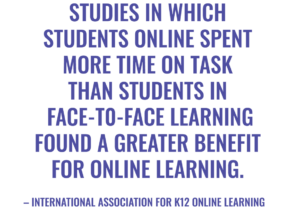This post is part two in a series on copyright compliance online.
Fair Use is a term that is used frequently, but do you really know what it means? Many teachers think that anything they want to use is fair use because it is for educational purposes. That is not necessarily true. Fair Use is determined by four things: purpose, nature, amount, and effect.
Purpose
 Purpose is typically what educators think about when assuming that a video, image, resource, etc. can be used. If you are using something for teaching, it favors fair use.
Purpose is typically what educators think about when assuming that a video, image, resource, etc. can be used. If you are using something for teaching, it favors fair use.
Other purposes that favor fair use are:
- Research
- Scholarship
- Criticism
- News reporting
- Restricted access
- Even parody favors fair use.
However, if you are using a resource for commercial purposes or profit or you are denying credit to the original author, it is not fair use.
Nature
The type of resource you are using factors in as well. If the work is published or nonfiction, it is more likely to be fair use. Be aware though, unpublished work or highly creative work is not generally categorized as fair use. This type of work should be directly linked and not reproduced.
Amount
A person must consider the amount of a resource that is going to be shared. If your resource is only a small portion of the whole work, it is considered fair use. However, a large portion or an entire work is not considered fair use. If that is the case, you shouldn’t reproduce or use without specific rights to do so.
Effect
The final aspect of a resource to consider is effect. Have you lawfully purchased the work and have a license to distribute or show it? If so, it is fair use. If you are avoiding paying for the work that is marketed by the owner, it is not fair use. It’s also not okay to make several copies of a work.
If you are wanting to use a resource and opposes fair use in any of these areas, think again before posting it to your online course.
For Part 1 in this series: Understanding Copyright and Public Domain


